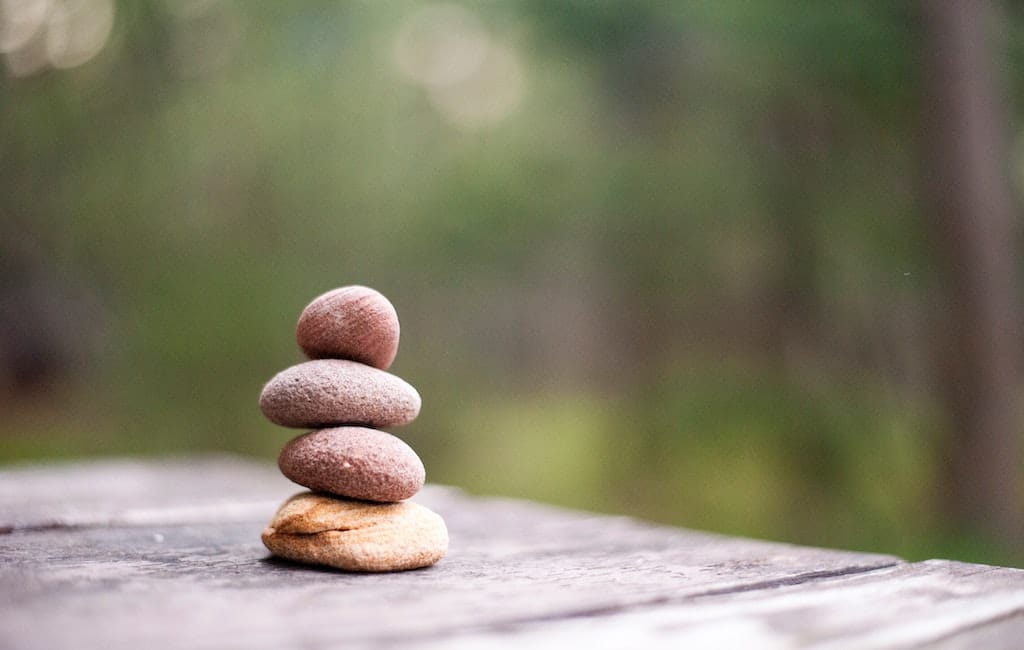Looking for a brilliant diamond? Knowing the distinctive qualities of each diamond is the first step towards choosing one. The four Cs of grading a diamond—cut, color, clarity, and carat weight—are used.
Types of diamonds
The fact is that simply by understanding a diamond’s kind, you can read its history. This is due to the possibility that some elemental elements, usually nitrogen, might replace carbon atoms inside the crystal lattice while diamonds are first forming. These atoms will later travel about the structure, frequently grouping together. Although these structural flaws and chemical impurities cannot be seen with the naked eye, they have an impact on the color and clarity of diamonds.
The categorization system’s most peculiar feature is the fact that a single stone can really be given more than one Diamond Type. The kind of a stone will be indicated on the certificate once specialists, such as those at the Gemological Institute of America, determine what it is truly classified as.
How, therefore, does this knowledge apply to you as a diamond buyer? Unexpectedly, such minute amounts of nitrogen can result in a significant price difference. Diamonds are a significant investment, and since their nature directly affects their value, understanding the various categories is essential. Here’s what you need to know about the different diamond types:

Type Ia Diamonds
Type Ia diamonds generate a tone that is initially noticeable as yellowish. Why? because the nitrogen is distributed across the crystal lattice in aggregates, or big clusters.
These aggregates absorb wavelengths of visible light on the blue end of the spectrum when the nitrogen atoms are found in groups of three. The light that is reflected as a consequence looks yellow.
It’s important to note that there are two subclasses of Ia diamonds: IaA and IaB. The first describes diamonds with pairs of nitrogen aggregates, and the second describes aggregates of four nitrogen atoms. Neither kind can absorb any light that may be seen. The majority of diamonds, or type I diamonds, are noted for their distinctive fluorescence and for absorbing infrared and ultraviolet light.
Type IIa Diamonds
Diamonds of type II exhibit variable fluorescence, no apparent absorption, and no nitrogen impurities that may give them a yellow or brown colour. Type II diamonds also tend to have an uneven shape and form under extraordinarily high pressure over extended periods of time.
Type IIa diamonds are the most precious and rarest of all diamond varieties, making them the most sought-after by investors and collectors. In actuality, this kind makes up only 1% of all diamonds, making them extremely expensive and unquestionably the best option for investment.
These stones are unique because their crystal lattices either contain very little nitrogen or none at all, which makes it difficult for them to absorb short-wave light.
As a consequence, light may flow through it with ease and bounce back at the viewer’s eye, creating a dazzling effect. White diamonds are impressively colorless due to their near-pure carbon composition, unless they include an inclusion that absorbs a certain wavelength of light. These fancy colored diamonds come in a variety of colors, including pink, gray, yellow, brown, light blue, and light green.

Rare Jewels Than Diamonds
More rare jewels than diamonds exist. Few individuals are aware of these jewels, though. Check out these ten gorgeous gemstones that you wouldn’t have imagined are more rare than diamonds if you’re searching for something special for your next jewelry buy.
Tanzanite
Even though tanzanite is a far rarer stone, its intense violet-blue tones may rival exquisite sapphire at a tenth of the cost. This kind of zoisite, which is only found in a limited portion of Tanzania, has gained considerable notoriety. It gained popularity soon after its 1967 discovery, in part as a result of Tiffany & Co.’s marketing initiatives.
Depending on the viewing position, this stone exhibits considerable pleochroism, looking blue, violet, green-yellow, or brown. These diamonds are oriented by gem cutters to exhibit blue or violet tones. Even though practically all tanzanites are heated to get their lovely blue colours, it is the stability of color that makes this stone so coveted.
Burma Ruby
Although all rubies are rare, Myanmar’s (formerly Burma’s) set the bar for color and quality. Additionally, they are quite rare. The geological conditions in Myanmar tend to yield rubies with very little trace iron, in contrast to Thailand’s very high iron concentration, which can provide too dark reds with brownish or purple overtones.
These gems frequently produce more brilliant reds and significantly brighter fluorescence than their Thai counterparts as a result. However, a top-notch Thai ruby can compete with the best ones from Myanmar. These crimson jewels, with their excellent tint known as “pigeon blood,” are constantly in demand.
Jadeite
Jadeite, which is most known for the imperial jade’s vivid electric green, may also be found in the colors lavender, yellow, orange-red, blue, black, and colorless. This stone is highly esteemed in Mayan, Maori, and Chinese civilizations, and it has a rich mythical history.
The translucency and texture of jadeite determine its worth, with top-quality specimens seeming to be full of water or like drops of colored oil. However, compared to other gemstones, jade pricing entails greater subjectivity. The piece’s artistry is crucial and plays a big part. There is a Chinese proverb that reads, “Gold has worth; jade is priceless.”
Alexandrite
Alexandrite is a mineral that was found in the Ural Mountains of Russia in 1830. This stone appears emerald green to peacock blue in daylight but ruby red to purple in incandescent light due to tiny quantities of chromium in the crystal structure. Red and green, the colors of Imperial Russia, were fashionable at the time.
It follows that it is understandable why the Russian elite desired this stone. This kind of chrysoberyl, which bears the name Alexander after the Czar, is still a rare gem. Despite the fact that alexandrite has been found in Brazil and a few other places, it is still one of the rarest gems. Alexandrite, the current birthstone for June, is still widely used in jewelry and is frequently synthesized.
Paraíba Tourmaline
In the 1980s, para-ba tourmaline’s vividly saturated blue-green tones astounded the gemstone industry. A flurry of prospectors and miners descended upon the Brazilian state of Paraba after learning of its discovery.
These stones’ per-carat cost soon increased and is still rising. These neon stones are not exclusively found in Brazil, though. These copper-bearing jewels were created in Mozambique and Nigeria under comparable geological circumstances. Even yet, this kind of tourmaline is still a very uncommon stone.
Ammolite
Ammolite was designated a new organic gem by the World Jewellery Confederation (CIBJO) in 1981. This gem material is far more uncommon than diamond and only occurs in small deposits in the Rocky Mountains. Ammolite is created from the vibrant, iridescent aragonite shells of marine mollusks that are over 65 million years old.
Any hue in the rainbow, or even the full spectrum, might be present in a single specimen. Rare hues, more intense iridescence and play of color, and how far the stone can be turned while the color remains visible all boost the value of these special stones. Most of the ammolite sold today comes from mines operated by Korite International.
Kashmir Sapphire
Kashmir sapphires include colors of blue that are velvety, soft, and intense. These gems’ soft appearance is a result of very small rutile inclusions. In the 1930s, the mines that had formerly produced them in the Himalayas’ heights dried up. As a result, the cost of these incredibly rare stones is going up. Few people will ever have the opportunity to purchase one of these priceless objects, but museums have a large collection of them on exhibit. They are definitely worth a trip.
Natural Pearl
Although pearls are common, they would be almost nonexistent without the farmed pearl business. Natural pearls are incredibly uncommon, and their scarcity increases each. Since our planet’s oceans are being overfished, polluted, and becoming more acidic, it is more common to find natural pearls in antique jewelry than in our oceans today.
Natural pearls are frequently off-color and hardly ever spherical. Therefore, while cultivated pearls are held to a very high standard for matching round pearl jewelry, natural pearl strands will have more flaws.
Red Beryl
The red form of beryl, a relative of emerald, aquamarine, and morganite, includes manganese, which gives the stone a striking red tint. Red beryl, formerly known as bixbite, is one of the rarest and most expensive stones. If you can find one, this gem may make a great jewelry stone with good wearability. Only in Utah’s Wah Wah mountains does red beryl of gem-quality occur, and the majority of specimens are retained by mineral collectors and never faceted.
Benitoite
The rarity and “fire” or dispersion of a diamond are both exceeded by this precious stone. It is understandable why this uncommon diamond is so highly sought-after given its often sapphire-blue hue. Only in San Benito County, California, does benitoite of gem-quality occur (and thus a natural choice for the California state gem). Customers must choose between a stone with a softer tone yet flashing fire when selecting a benitoite gem, or a gem with a dark and saturated sapphire blue with considerably less obvious dispersion.
Final Comments
We have a huge selection of the best-cut diamonds in the world because we are the largest online diamond retailer. Pre-selected for outstanding quality, our diamonds have been graded for cut, color, and clarity according to the 4Cs.
The interactions between the distinct 4Cs of a diamond can change how a stone looks overall. For instance, if the color grading of a diamond is L or M, it could not seem as bright. Due to enhanced light reflection, a well-cut stone may look bigger than a diamond of the same carat weight.
Our loose diamonds’ 4Cs are assessed using a uniform grading system. Each loose diamond comes with a grading report from one of three independent diamond grading labs: GIA, AGSL, or GemEx. These labs have strict grading and certification standards to evaluate diamond quality.

